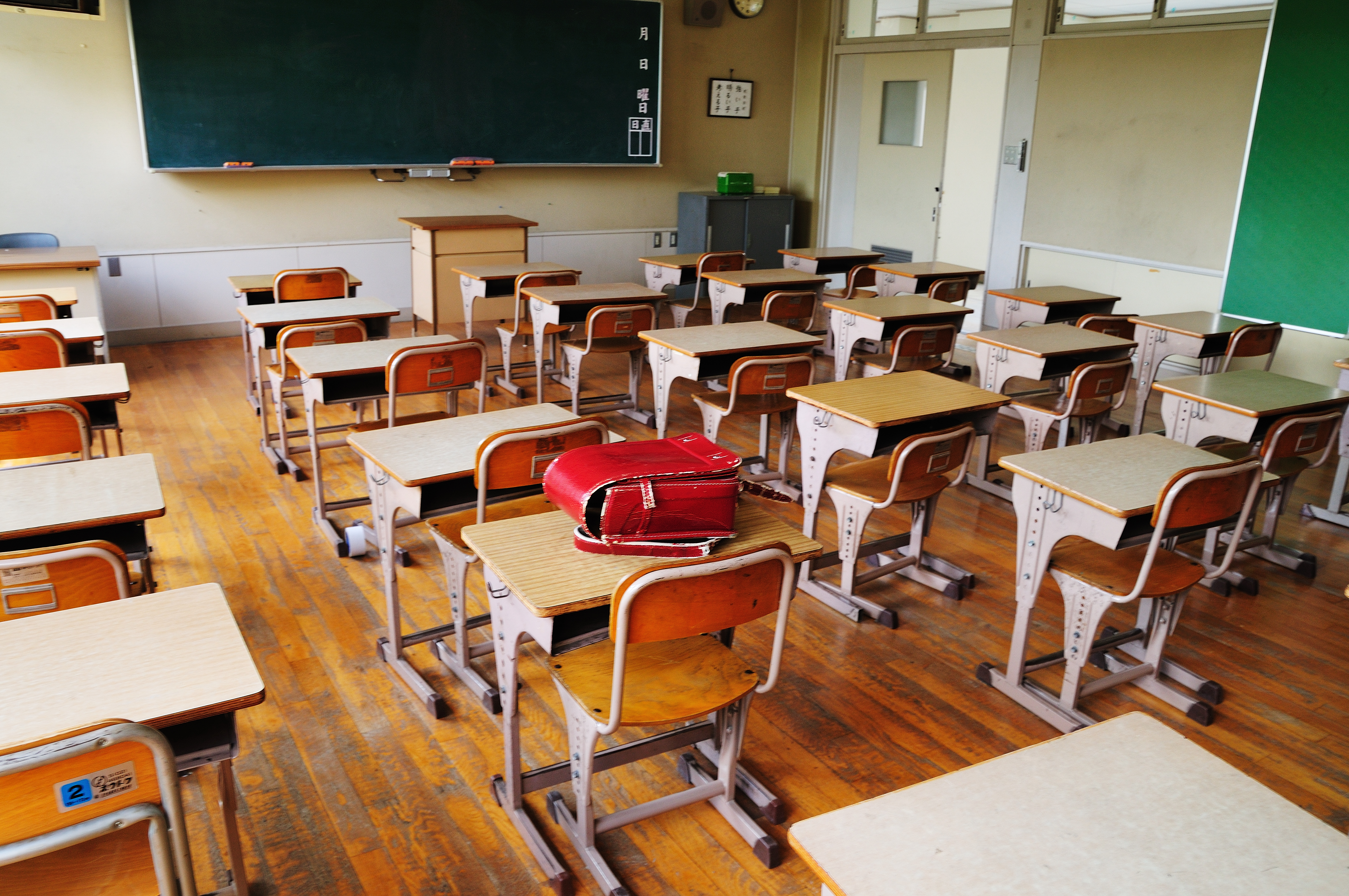Preventing small failures from turning into big ones
by Jeffrey M. Welch
Great article by Paul Tough in the New York Times on student success and motivation in college. Inworking with middle school students, I am often confronted by similar issues of motivation. Many students have a failure and seem to give up, even though they are not too different in intelligence from the average student.
 |
| Courtesy: http://simple.wikipedia.org/wiki/File:Heiwa_elementary_school_18.jpg |
I have witnessed this phenomenon many times myself. Students who have always had it easy and have never had to try to hard to succeed (probably because they were above average in a class where things weren't that difficult) for the first time struggle and nearly implode. This appears to shatter their confidence and cause great harm to their ability to recover and complete a degree. A student who gets into an elite college and then fails before completion may well be worse off than had they never gone at all. Their confidence is sapped and they could be saddled with debts with no foreseeable payoff.
The answers the researchers found are essentially two things. First, provide effective opportunities and avenues for struggling students to find help when they need it. In education-speak we call these interventions. These could be smaller class sizes, tutoring centers, and mentorship from older succeeding students. These are all great ideas and are almost universally implemented in both US colleges and in K-12 education. While they are available, there is always the issue of whether they are being effectively utilized, reaching the right students, or sufficiently supported.
The second strategy is the more interesting one for a couple of reasons. This strategy is to help students psychologically prepare themselves for struggle and setbacks. Some of them have NEVER struggled in school, thus have no idea how to cope with it. As a teacher, it often worries me how much as a society we have tried to shield students from any adversity. No one wants to go through painful experiences, but avoiding hardship may be a much worse idea than most people would think. If you have never had to deal with setbacks, when they do come as they inevitably will, some students cannot cope.
What is so interesting about this second strategy is that it is fairly quick and inexpensive to implement. You essential create an activity to "inoculate" students against failure. A short reading on dealing with problems and making the point to students that everyone encounters struggle and failure, but that they can rebound, recover, and even thrive after it happens. The experiment that they ran had a remarkable success rate since it required just a half an hour of time for the student at the beginning of their freshman year.
The catchy term for this strategy is "mindset," there is a book with that name by Carol Dweck (you can find a link to her book in my Amazon store), she is one of the researchers at Stanford that is referenced in Tough's article who are on the cutting edge of this application of educational psychology. So far the results seem promising, particularly for students who are most at risk (those from less wealthy families, and that are the first college students in their families) which are exactly the kids education needs to reach. Interestingly, the students who were not likely to fail were not influenced by this experiment and their educational attainment appears unchanged. Family support and especially experience with success in college clearly matters for all students. This is both true when support is there and when it is missing! It is pretty amazing that a simple activity can make a dramatic impact, and if this turns out to be repeatable it could improve many lives.
Comments
Post a Comment